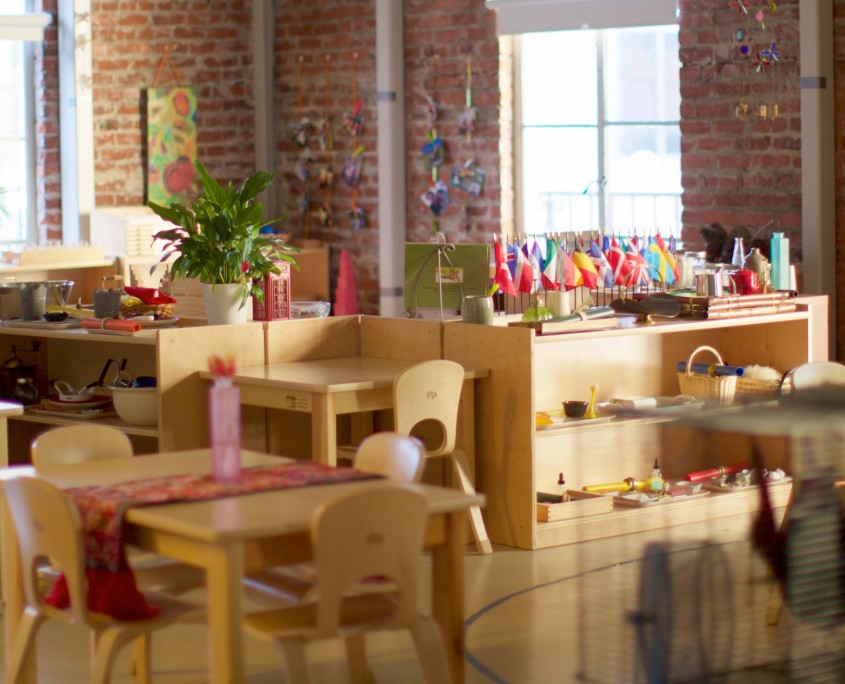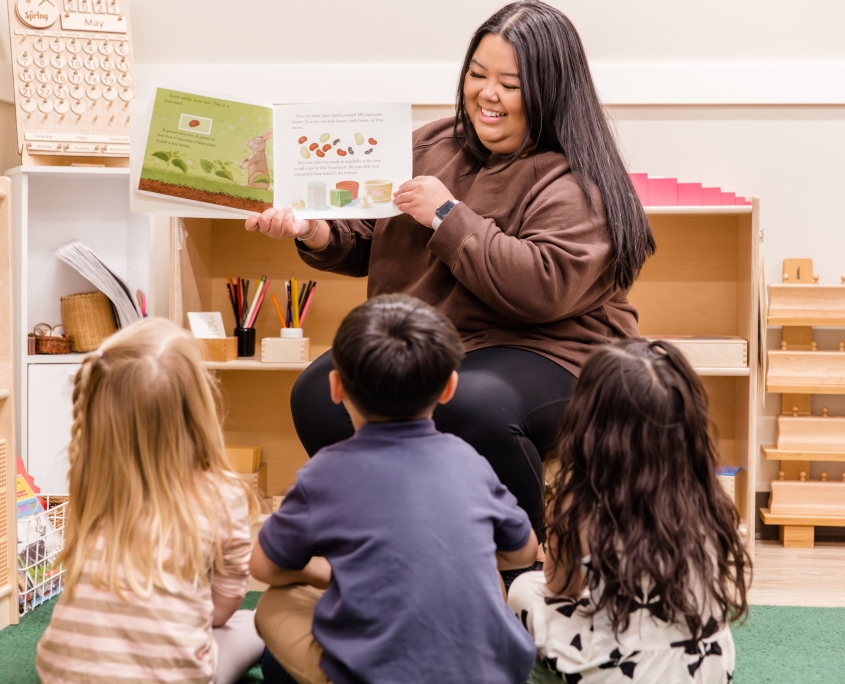Why Choose LePort?
Choosing the right Montessori preschool, elementary, or middle school for your child is a big decision as parents. At LePort, we offer something special—a place where your child is encouraged to grow, explore, and become a confident, independent thinker. We believe that learning is more than just what happens in the classroom. Your child will develop important life skills, build strong character, and discover the joy of learning.
Your child is part of a caring community at our school. We help our students think for themselves and guide them as they explore their interests. They become successful adults, ready to take on life’s challenges with confidence and curiosity. We connect what they learn in the classroom to real-life experiences. This helps them understand the world and their place in it.





